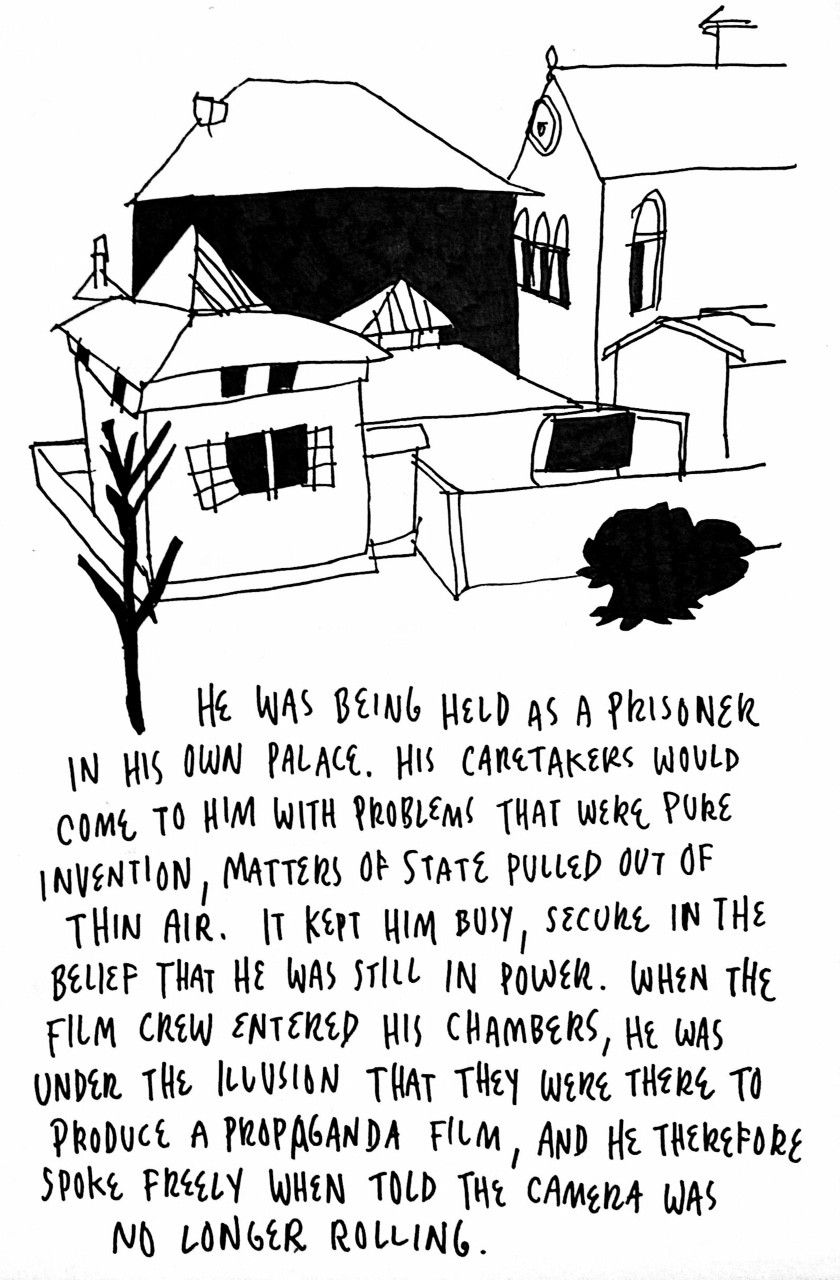Books & Culture
Presidents in Fiction: 11 Novels That Portray Our Leaders Like Never Before
How do writers approach the biggest figures of political life?
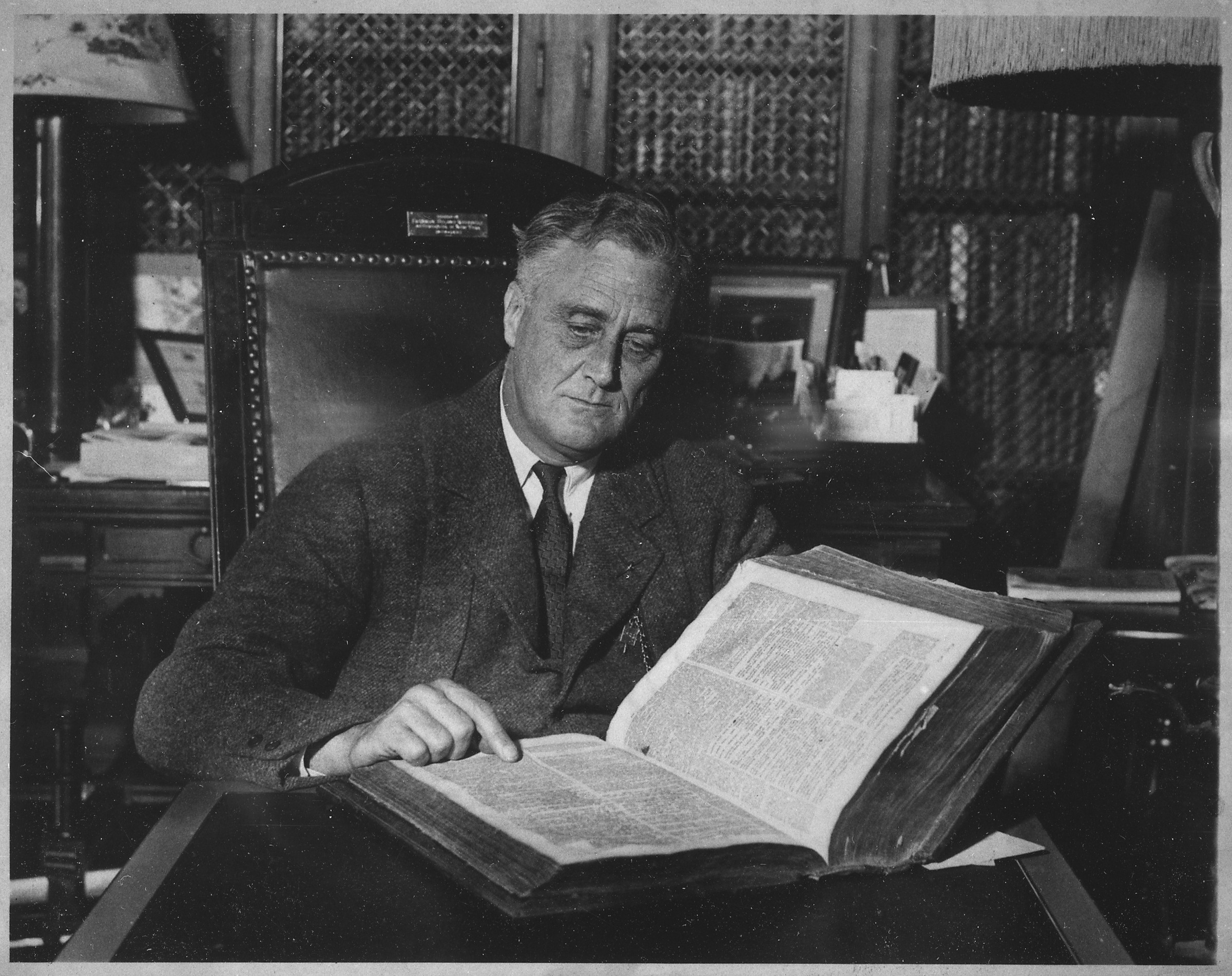
Countless pages have been written about the Presidents of the United States. In fact becoming the subject of a book seems to be one of the few things that a commander-in-chief can be sure to accomplish. With President Trump, the literary world is off to an especially quick start. Besides the protests and the think-pieces, there’s already a journal devoted to chronicling life under the new administration, and earlier this month Salman Rushdie announced that his newest novel, The Golden House, due out in September, will cover the last eight years of US politics.
This past weekend, as I watched SNL kill it yet again, I began thinking about how novelists will approach Trump, a man who is so inherently cartoonish, who treats life like reality TV. Will he be a villain, a madman, a clown? Will someone insist on looking past the orange-tinted megalomaniacal bigotry and find something…sympathetic? With Presidential novels, nothing is off-limits. So, what should we expect? A reasonable place to start the inquiry is by looking at other depictions of POTUS in fiction. So, for your (technically) holiday Monday, here’s a list of real Presidents as portrayed in fiction, from Curtis Sittenfeld’s layered look at the Bush marriage to Updike’s Buchanan.

Charlie Blackwell/George W. Bush in American Wife, by Curtis Sittenfeld
American Wife is the story of Alice Blackwell (nee Lindgren), a “polite” young woman from Wisconsin who marries a Republican scion from a well-known, wealthy political family — a man who becomes President of the United States. By the author’s own admission, Alice is a fictionalized version of Laura Bush, making her husband George W. But not all is well in the White House. Sittenfeld explores an interesting tension, when Laura/Alice is privately at odds with much of her husband’s conservative politics.
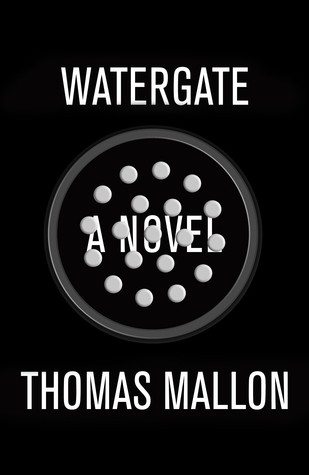
Richard Nixon in Watergate, by Thomas Mallon
Late-night thieves, amateur sleuths, phone bugs, destroyed evidence — these are all real aspects of Watergate, America’s hitherto unmatched Presidential scandal (but maybe don’t hold your breath). The actual events were pretty sensational (see: the 18 1/2 minute gap), but there is still value in a witty, novelistic take on reality. In Watergate, a finalist for the 2013 PEN/Faulkner Award, Mallon gives Nixon more nuance than many of his cartoonish fictionalized portrayals, creating a character who is, if not sympathetic, at least human under the mask.
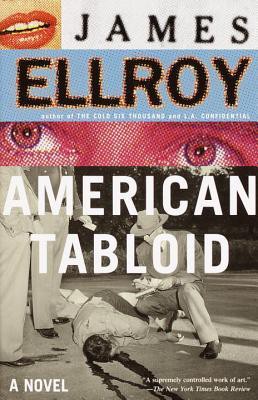
John F. Kennedy in American Tabloid, by James Ellroy
This fast-paced crime-and-conspiracy epic winds three narratives around John F. Kennedy and his underworld connections, from his election to the Bay of Pigs to his assassination. Given the nostalgic halo that usually graces JFK, it’s refreshing to see him portrayed as a charismatic but seriously problematic man with a fondness for call girls and family ties to the Mafia.
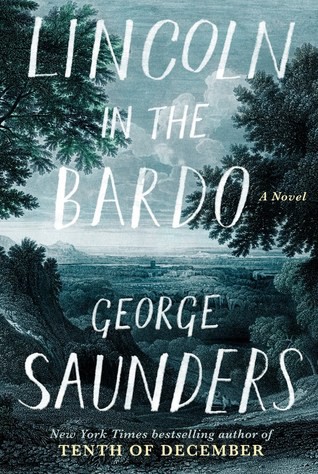
Lincoln in Lincoln in the Bardo, by George Saunders
George Saunders’ first novel, which is currently the talk of the literary world, takes its premise from the real-life death of Abraham Lincoln’s eleven year-old son, Willie, in 1862. But from there, it’s pure Saunders, as we follow Willie into the ‘Bardo’ — the Tibetan word for purgatory. Willie meets and mingles with ghosts, ultimately partaking in a struggle for his soul.
George Saunders Likes a Challenge
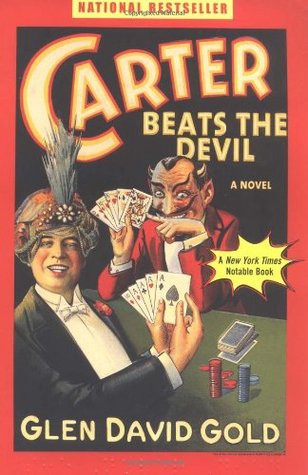
Warren G. Harding in Carter Beats the Devil, by Glen David Gold
Warren G. Harding isn’t the first President you’d think of to star in a suspense novel (or any novel for that matter) but he is indeed the lynchpin to this inventive plot. Inspired by true American stage magician Charles Joseph Carter (1874–1936), the novel opens when Carter invites President Harding on stage at a magic show. Hours after Carter successfully cuts the President to pieces and reassembles him as a magic trick, Harding dies, and Carter becomes a prime suspect. (ed. note — now that’s a book cover)
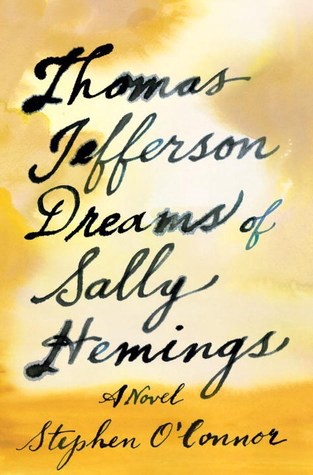
Thomas Jefferson Dreams of Sally Hemings, by Stephen O’Connor
What really went on between the third President of the United States and Sally Hemings, the woman who was at once his slave, lover, and mother to his children? Stephen O’Conner imagines a possible version in which the 16 year-old Hemings finds herself “somewhere along the spectrum between love and Stockholm syndrome,” both entrapped and enticed by her forty-six year old master.

Richard Nixon in Jailbird, by Kurt Vonnegut
Did you know Vonnegut wrote a Watergate novel? Well, now you do. His take imagines the hapless Walter F. Starbuck, the son of a chauffeur and a general misfit who bumbles along, letting life happen to him, until Nixon makes him his advisor on “youth affairs.” Starbuck gets unwittingly tangled up in the Watergate scandal and sent to jail. Vonnegut’s Nixon is a bit of a caricature who interrogates anyone who doesn’t show enough gratitude for America! and capitalism!

John F. Kennedy in 11/22/63, by Stephen King
11/22/63 brings together two ideas that have spawned reams of fantasy writing: time travel and JFK’s assassination. Jake Epping is a divorced high school English teacher in Maine who stumbles upon a portal to the past — specifically September 9, 1958, at 11:58 a.m. Epping uses the portal to try to prevent JFK’s assassination, an event he thinks triggered chaos in America.
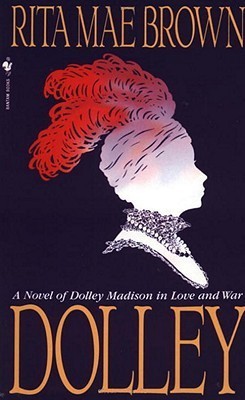
James Madison in Dolley, by Rita Mae Brown
Written by the author of The Rubyfruit Jungle, this novel-as-diary explores the life of Dolley, wife to President James Madison. Although Brown focuses on the more frivolous side of the Presidency (presumably Dolley’s main purview, aside from saving paintings from fires), political infighting and the War of 1812 hang like a shadow over even the most lavish dinner party.
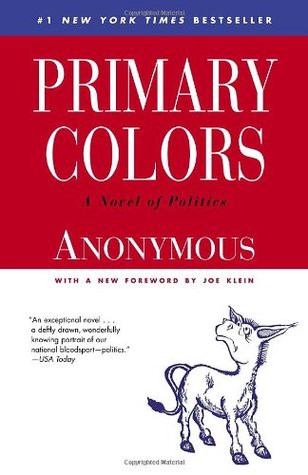
Bill Clinton/Jack Stanton in Primary Colors, by Joe Klein/Anonymous
First published by “Anonymous,” Primary Colors caused a stir with its thinly veiled portrayal of the 1992 Democratic Presidential Primary. The journalist Joe Klein eventually admitted he was the author — after a slew of accusations, a sworn oath, and a handwriting analysis that was done on notes from the original manuscript. That people went through such trouble to find the true identity of the anonymous author doesn’t feel that shocking after the unmasking of Elena Ferrante, but, at the time, the novel’s portrayal of Southern governor Jack Stanton, i.e. Bill Clinton, as a lecherous, deceitful politician was pretty spicy.

James Buchanan in Memories of the Ford Administration, by John Updike
Despite its title, Updike’s 15th novel features an obsession not with Gerald Ford but with the 15th President of the United States, James Buchanan. The novel’s protagonist, Alfred Clayton, idealizes the man and is toiling away on an endless biography that he hopes will change the minds of the ninety-nine percent of historians who agree that Buchanan was a crappy President and at least partially to blame for the Civil War.




